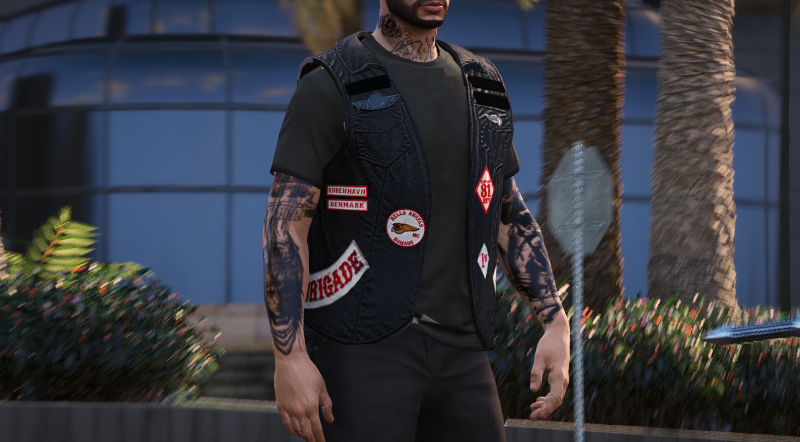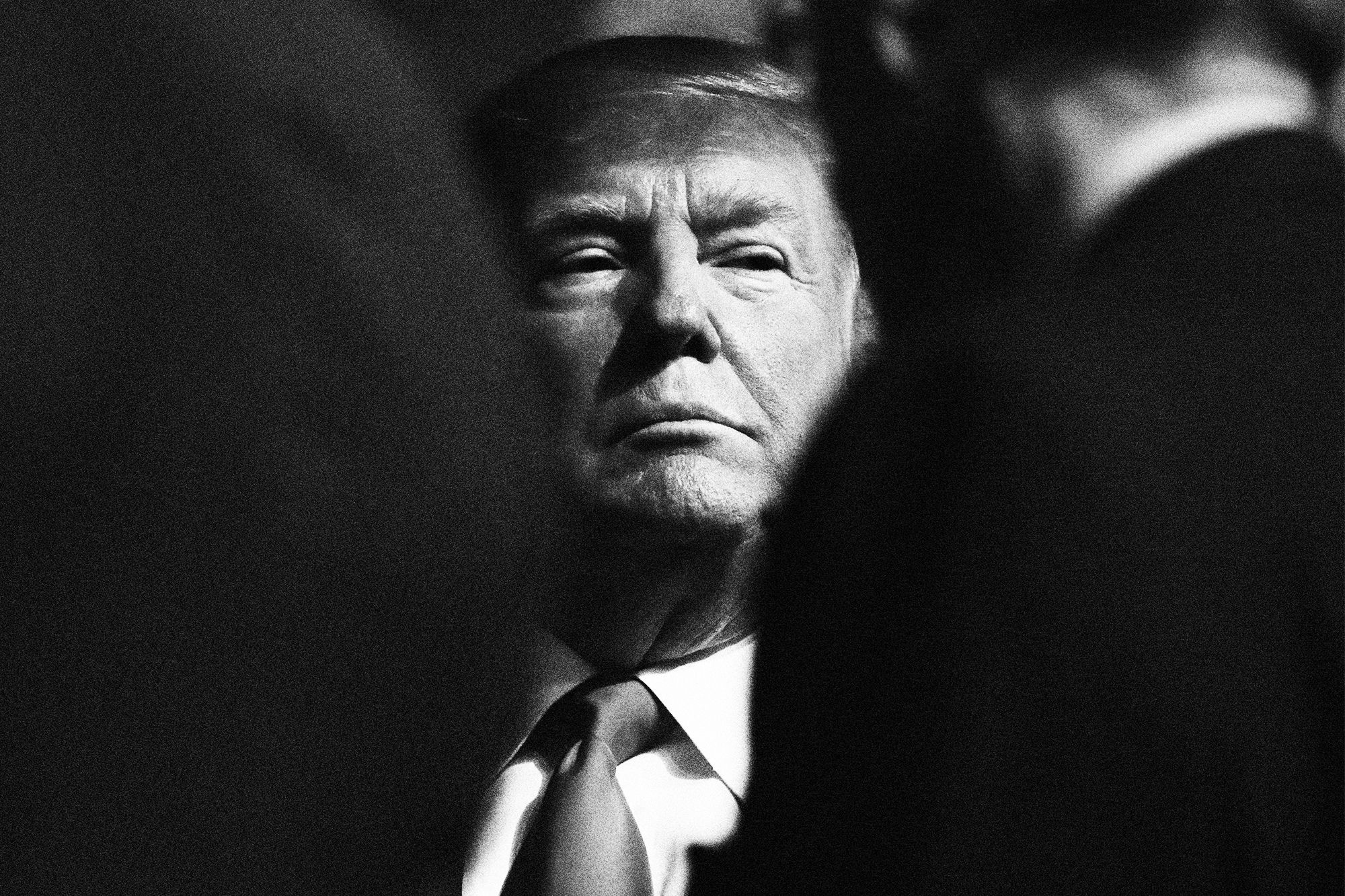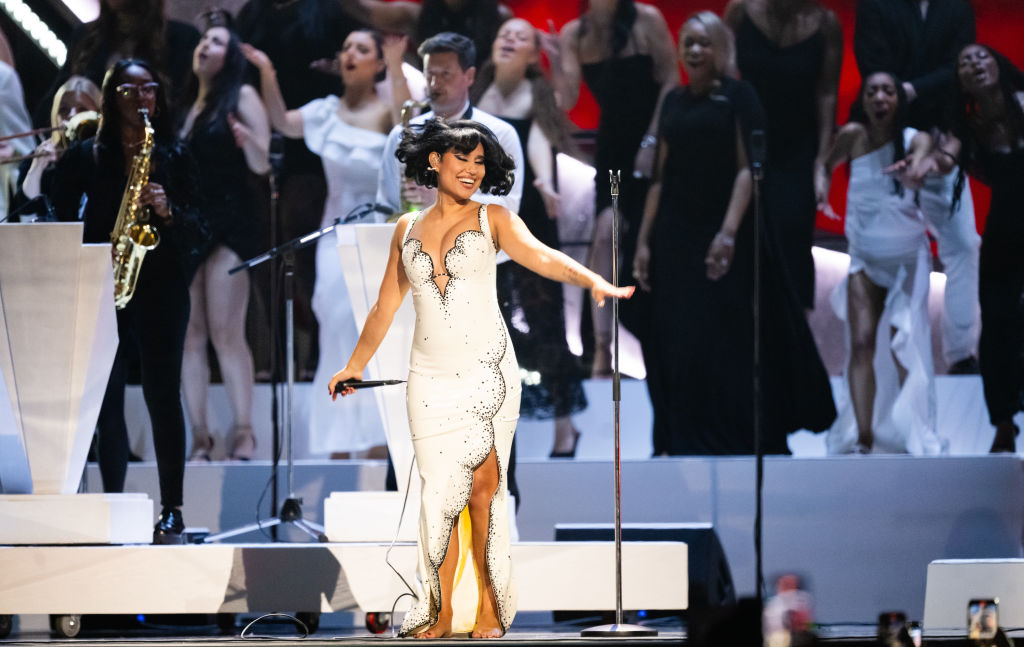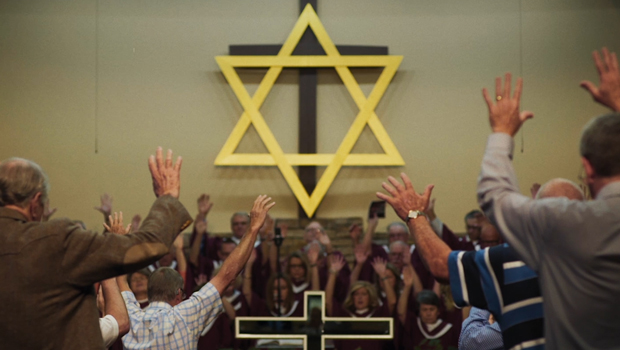Hells Angels: A Comprehensive Overview

Table of Contents
History and Origins of the Hells Angels
The Hells Angels Motorcycle Club was founded in 1948 in San Bernardino, California. Its origins lie in the post-World War II era, a time of social upheaval and a burgeoning motorcycle culture. While the exact details of the founding are debated, early members, many of whom were veterans, established a brotherhood based on camaraderie and a rebellious spirit. The club's evolution has been marked by periods of rapid expansion, internal conflicts, and ongoing clashes with law enforcement.
- Founding location and date: San Bernardino, California, 1948.
- Early club activities and culture: Initially focused on motorcycle riding and camaraderie, with a strong counter-culture ethos.
- Key milestones in the club's history: Expansion beyond California, establishment of chapters worldwide, numerous legal battles, and ongoing investigations into criminal activities.
- Growth and expansion across the globe: From its California roots, the Hells Angels have established chapters in numerous countries, becoming a truly global organization.
Hells Angels: Structure and Organization
The Hells Angels boast a rigidly hierarchical structure. Chapters operate under the authority of a mother chapter, with a complex web of communication and control extending across the globe. Each chapter has its own president and officers responsible for various duties. Membership is highly selective, with a rigorous initiation process and strict adherence to club rules. The iconic "patch," a symbol of membership, represents both a source of pride and a target for law enforcement.
- Chapter structure and relationships: A pyramid-like structure, with individual chapters reporting to larger regional chapters, ultimately answering to a higher leadership.
- President's role and responsibilities: Overseeing chapter activities, maintaining order, and representing the chapter in dealings with other chapters and external entities.
- Membership requirements and criteria: A lengthy probationary period, loyalty oaths, and demonstrating adherence to the club's values (often interpreted differently across chapters).
- The "patch" and its significance: A highly symbolic emblem, denoting membership and representing the club's identity.
Hells Angels: Activities and Businesses
The Hells Angels' activities are a source of considerable debate. While the club maintains a veneer of legitimacy, with some chapters engaging in motorcycle-related businesses, they are also repeatedly implicated in illegal activities. Accusations of drug trafficking, violence, and extortion are prevalent, with law enforcement agencies around the world actively monitoring and investigating their operations. The club's public image is consequently fraught with negative associations, despite sporadic attempts to improve their standing.
- Legitimate business ventures (if any): Some chapters have engaged in motorcycle repair shops, merchandise sales, and other related businesses, though the extent of these activities and their profitability are often debated.
- Allegations of criminal activities and their impact: These allegations have led to numerous arrests, convictions, and ongoing investigations, significantly impacting public perception and law enforcement efforts.
- Law enforcement efforts to combat criminal activities: Various agencies employ strategies such as infiltration, surveillance, and targeted raids to disrupt the Hells Angels' alleged criminal operations.
- Public perception and media portrayal: The Hells Angels are widely viewed as a criminal organization, a perception fueled by extensive media coverage of their alleged illegal activities.
Hells Angels: Global Presence and Chapters
The Hells Angels' reach extends far beyond their California origins. The club maintains a significant presence in North America, Europe, Australia, and other parts of the world. However, the activities and culture of individual chapters can vary considerably based on regional factors and local laws. This creates challenges in maintaining uniformity and can lead to conflicts between different chapters, both domestically and internationally.
- Countries with significant Hells Angels presence: The United States, Canada, Australia, the United Kingdom, and numerous countries in Europe.
- Regional variations in club activities and culture: Differences in local laws and socio-economic conditions affect the types of activities undertaken by various chapters.
- Challenges and conflicts between different chapters: Internal disputes and power struggles can erupt, sometimes leading to violence and fracturing within the club's structure.
- International cooperation (or lack thereof) between chapters: The extent of collaboration and information-sharing between international chapters remains unclear.
Hells Angels in Popular Culture
The Hells Angels have become a recurring subject in books, films, and documentaries. These portrayals range from romanticized depictions of rebellious freedom to graphic portrayals of violence and criminal activities. This varied representation influences public perception, adding another layer of complexity to the club's already enigmatic image. The media’s portrayal has sometimes sparked controversy, with debates regarding accuracy and the ethical implications of glamorizing criminal behavior.
- Notable films and books featuring the Hells Angels: Numerous documentaries, fictional films, and books have explored various aspects of the club's history and activities.
- Analysis of positive and negative portrayals: The media's portrayal swings between showcasing the club's rebellious image and highlighting its alleged criminal actions, often depending on the perspective and intention of the creators.
- The influence of media on the club's image: Media coverage, whether positive or negative, profoundly impacts public perception and shapes the narrative surrounding the Hells Angels.
- Examples of controversial depictions: Certain films and books have been criticized for either glorifying or demonizing the club, leading to public debate and critical analysis.
Conclusion
The Hells Angels Motorcycle Club is a complex organization with a long and controversial history. Their global presence, hierarchical structure, and alleged involvement in criminal activities combine to create a multifaceted picture, defying simplistic categorization. Understanding the Hells Angels requires a nuanced approach, acknowledging the historical context, organizational structure, and ongoing debates surrounding their activities. To truly grasp the complexities of this enigmatic group, delve deeper into the history of the Hells Angels, exploring the multitude of perspectives and controversies that surround them. Learn more about the Hells Angels; their story is far from over, and its continued evolution demands our attention.

Featured Posts
-
 Canada Post On The Brink How A Strike Could Alienate Customers
May 25, 2025
Canada Post On The Brink How A Strike Could Alienate Customers
May 25, 2025 -
 Nasledie Nashego Pokoleniya Chto My Ostavili Buduschemu
May 25, 2025
Nasledie Nashego Pokoleniya Chto My Ostavili Buduschemu
May 25, 2025 -
 How To Get Bbc Radio 1s Big Weekend 2025 Tickets In Sefton Park
May 25, 2025
How To Get Bbc Radio 1s Big Weekend 2025 Tickets In Sefton Park
May 25, 2025 -
 Paramedics Excel In Police And Emergency Services Games Competition
May 25, 2025
Paramedics Excel In Police And Emergency Services Games Competition
May 25, 2025 -
 M6 Traffic Chaos Van Overturns Causing Significant Delays
May 25, 2025
M6 Traffic Chaos Van Overturns Causing Significant Delays
May 25, 2025
Latest Posts
-
 Ucieczka Prokuratorow Od Pytan Blamaz W Polsce24 I Jego Konsekwencje
May 25, 2025
Ucieczka Prokuratorow Od Pytan Blamaz W Polsce24 I Jego Konsekwencje
May 25, 2025 -
 47 Y Moskovskiy Mezhdunarodniy Kinofestival Obyavleny Pobediteli
May 25, 2025
47 Y Moskovskiy Mezhdunarodniy Kinofestival Obyavleny Pobediteli
May 25, 2025 -
 Kontrowersje Wokol Prokuratorow Dlaczego Unikaja Pytan W Polsce24
May 25, 2025
Kontrowersje Wokol Prokuratorow Dlaczego Unikaja Pytan W Polsce24
May 25, 2025 -
 Pobediteli 47 Go Mmkf Tseremoniya Nagrazhdeniya V Moskve
May 25, 2025
Pobediteli 47 Go Mmkf Tseremoniya Nagrazhdeniya V Moskve
May 25, 2025 -
 How To Train Your Dragon Toothless Vs Red Death Size Comparison
May 25, 2025
How To Train Your Dragon Toothless Vs Red Death Size Comparison
May 25, 2025
